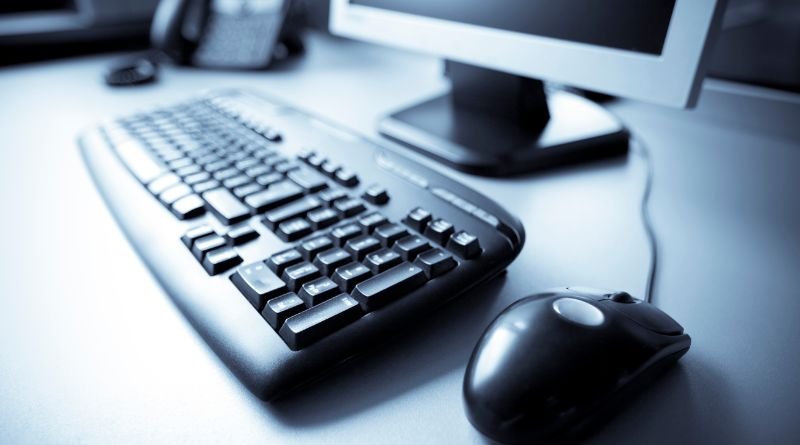GitHub Desktop is the best way to use Git and GitHub, period. It’s the most user-friendly and intuitive tool available to create, edit, merge, and manage your Git repositories – in either Windows or Mac, OS X. And this article will give you everything you need to know to get started using it. I’ll explain the basics of how GitHub Desktop works, as well as show you some of the ways it can make your life easier when using Git and GitHub together for software development projects.
Creating an account on GitHub
If you’re a developer, chances are you’re already using GitHub. If not, you should be! GitHub is a powerful platform for code collaboration and version control. And, with GitHub Desktop, it’s easy to get started with a seamless Git workflow. *Creating an account on GitHub – If you’re a developer, chances are you’re already using GitHub. If not, you should be! GitHub is a powerful platform for code collaboration and version control. *Installing the app – Get your hands on the desktop app here. *Adding files – Select the folder containing your project folder (usually called project). It will then add all of the files in that folder to your project directory in the left sidebar of Github Desktop.
Installing Git
Before you can use GitHub Desktop, you first need to install Git on your computer. If you’re using a Mac, you can do this easily with Homebrew. Just open up your terminal and type in brew install git. Once that’s finished, you can move on to the next step. Next, you’ll want to download GitHub Desktop for your operating system. Windows users should click here, while macOS users should click here. Finally, launch the app and create an account by entering an email address and password—then select Create Account. Now it’s time to start getting familiar with the basics of Git!
Getting Started
GitHub Desktop is a seamless way to manage your Git workflow. By integrating with your GitHub account, it allows you to easily create and contribute to repositories, collaborate with other users, and stay up-to-date on the latest developments. Plus, it’s free and easy to use! Here’s how to get started with GitHub Desktop for a seamless Git workflow:
- Download and install GitHub Desktop for Mac or Windows
- Create an account or sign in with your existing one
- Check out some popular projects from their open-source community
Saving Changes
Whenever you make a change to a file in your project, you have to commit those changes, which just means telling Git that you want to save that version of the file. On GitHub Desktop, you can do this by clicking the Commit to master button in the bottom left corner. Once you’ve made all the changes you want to save, you can click Push origin in the top right corner to push those changes up to GitHub. And that’s it!
Pushing Changes (to your repository)
Assuming you have a GitHub account (if not, create one here), you can go to the GitHub Desktop website and download the application. Open the app and sign in with your GitHub credentials. Once you’re signed in, you’ll see all of your repositories on the left sidebar. To make changes to a repository, simply click on it and make your changes in the text editor. When you are finished editing, push your changes by clicking the Commit button at the top-right corner of the window.
To view a log of all of your recent commits to that repository, click on History in the same column as Commit.
You can also choose to compare two versions by selecting two points in time from this history timeline and seeing which files were changed between them.
Pulling Changes (from your repository)
To get started with GitHub Desktop, you first need to clone your repository. This can be done by selecting the Clone or download button on your repository page and copying the URL into GitHub Desktop. Once you have cloned your repository, you can pull changes from it by selecting the Pull button from the Current Branch drop-down menu. If there are any new changes, they will be pulled down and automatically added to your local copy of the repository.
Closing Thoughts
If you’re looking for a seamless Git workflow, GitHub Desktop is the answer. With its simple interface and easy-to-use features, GitHub Desktop is the perfect way to get started with Git. Plus, it’s free! So what are you waiting for? Get started today! Start by installing GitHub Desktop and sign in to your account. Next, create a new repository for your project using the Create New Repository button on the sidebar of your local repository.
